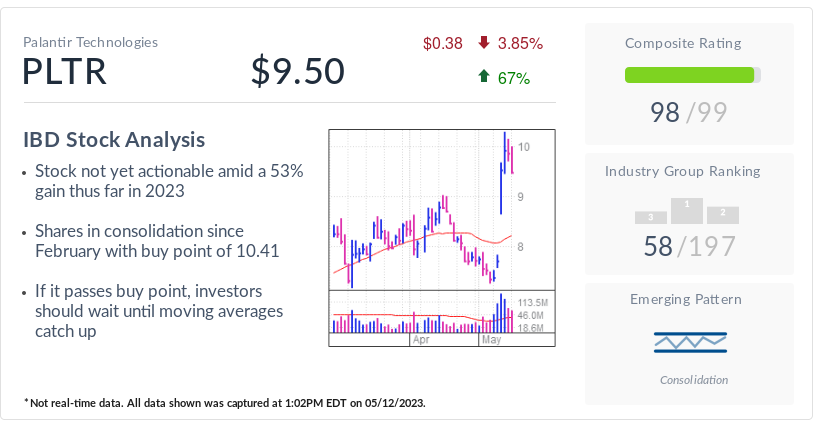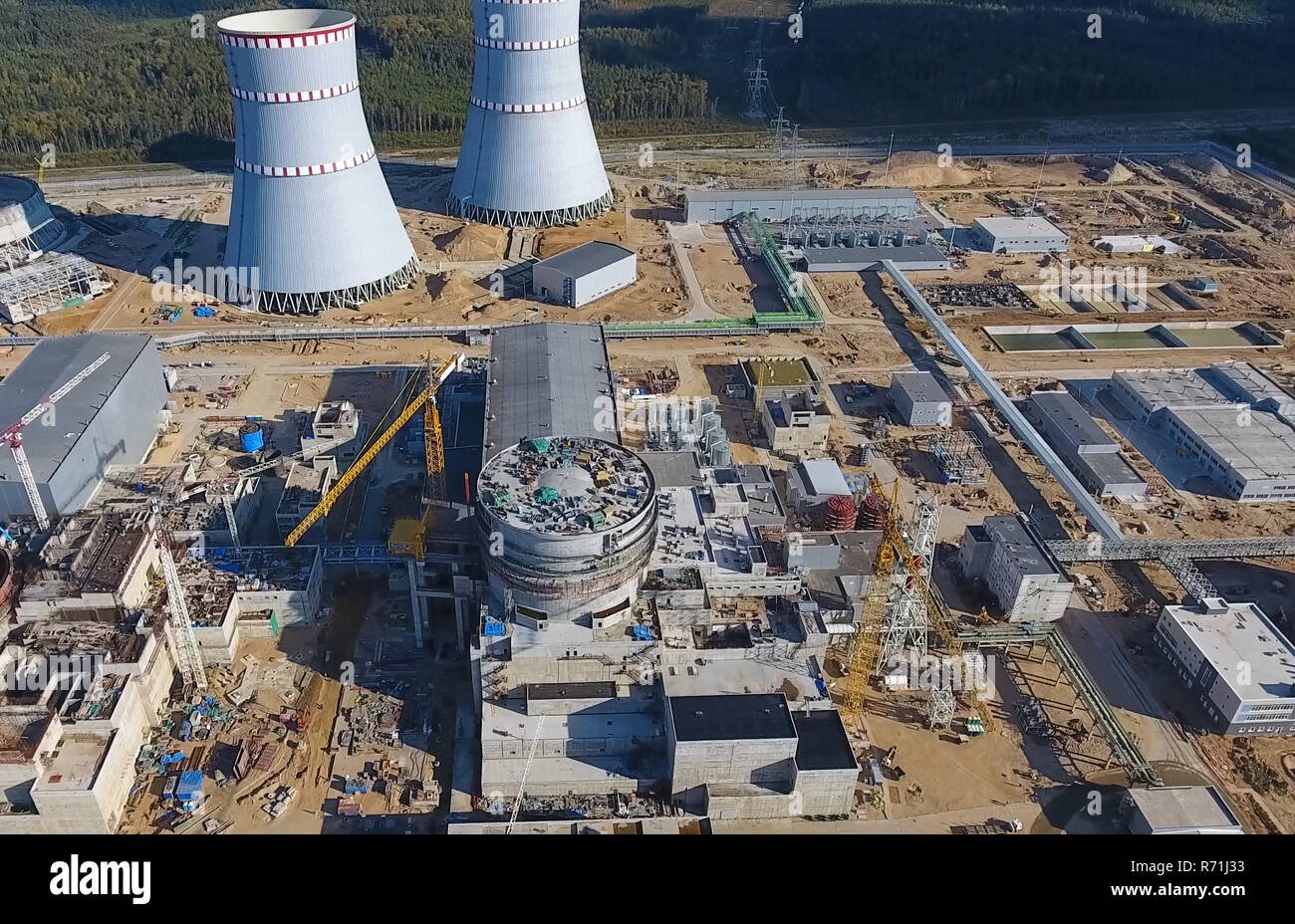Palantir And NATO: A New AI Revolution In The Public Sector

Table of Contents
Palantir's Role in Enhancing NATO's Operational Capabilities
Palantir's contribution to NATO primarily revolves around its two flagship platforms: Palantir Gotham and Palantir Foundry. These powerful tools facilitate the seamless integration of data from disparate sources, a critical capability for an alliance encompassing numerous member nations with diverse intelligence-gathering systems. This data integration forms the foundation for improved situational awareness, enabling more effective decision-making across various domains.
-
Enhanced intelligence analysis through real-time data processing: Palantir's platforms allow NATO analysts to process and analyze real-time data streams from various sources, including satellite imagery, social media, and intelligence reports, providing a comprehensive and up-to-the-minute understanding of unfolding events. This leads to significantly faster and more accurate intelligence analysis.
-
Improved prediction of threats and potential crises: By employing sophisticated predictive policing techniques and AI-driven predictive modelling, Palantir empowers NATO to anticipate potential threats and crises more effectively. This proactive approach allows for timely interventions and resource allocation, minimizing potential damage and loss of life.
-
Streamlined communication and collaboration between NATO members: Palantir's platforms facilitate seamless communication and collaboration among NATO members, breaking down information silos and ensuring that all relevant stakeholders have access to the information they need, when they need it. This enhances coordination and efficiency across the entire alliance.
-
Strengthened cybersecurity measures against cyberattacks and data breaches: In today's digitally connected world, cybersecurity is paramount. Palantir's advanced analytics capabilities help NATO identify and respond to cyber threats more effectively, protecting sensitive data and systems from malicious attacks. This includes proactive threat hunting and improved incident response capabilities.
-
Better resource allocation and optimized deployment of assets: Through data-driven insights, Palantir helps NATO optimize the allocation and deployment of its resources, ensuring that personnel and assets are used efficiently and effectively to achieve strategic objectives. This reduces waste and maximizes impact.
Revolutionizing Intelligence Gathering and Analysis within NATO
The integration of Palantir's AI capabilities is revolutionizing intelligence gathering and analysis within NATO. Data fusion, a core component of Palantir's technology, combines data from various sources to create a holistic picture, revealing patterns and connections that might otherwise be missed. This allows for more accurate threat assessments and the development of proactive countermeasures.
-
Faster identification of patterns and anomalies in large datasets: Palantir's AI algorithms can sift through massive datasets, identifying subtle patterns and anomalies that would be impossible for human analysts to detect manually. This significantly accelerates the intelligence analysis process.
-
Improved accuracy in threat assessment and prediction: By leveraging predictive modelling and machine learning, Palantir enhances the accuracy of threat assessments, providing NATO with a clearer understanding of potential risks and enabling more effective planning and response.
-
Enhanced counter-terrorism and counter-intelligence capabilities: Palantir's tools are instrumental in supporting counter-terrorism and counter-intelligence efforts, enabling analysts to identify and track terrorist networks, disrupt their operations, and prevent future attacks.
-
More effective resource allocation for intelligence operations: Palantir facilitates optimized resource allocation by identifying areas where intelligence resources are most needed, maximizing the efficiency and effectiveness of intelligence operations.
-
Development of proactive strategies to prevent future threats: By analyzing historical data and identifying emerging trends, Palantir allows NATO to develop proactive strategies to prevent future threats before they materialize, strengthening overall security.
Addressing the Challenges and Ethical Considerations of AI in Public Sector
While the potential benefits of AI in the public sector are significant, it's crucial to address the associated challenges and ethical considerations. The use of AI in national security and intelligence raises concerns about data privacy, algorithmic bias, and the need for transparency and accountability.
-
Ensuring compliance with data protection regulations (GDPR, etc.): Strict adherence to data protection regulations, such as GDPR, is crucial to protect the privacy rights of individuals and maintain public trust.
-
Mitigating algorithmic bias to prevent unfair or discriminatory outcomes: Algorithmic bias can lead to unfair or discriminatory outcomes. It's essential to develop and deploy AI systems that are fair, transparent, and unbiased.
-
Establishing clear lines of accountability for AI-driven decisions: Clear lines of accountability must be established for decisions made using AI systems, ensuring that responsibility for outcomes is clearly defined.
-
Promoting transparency in the use of AI algorithms: Transparency in the use of AI algorithms is crucial to build public trust and ensure accountability. The methods and processes used should be clearly explained and understood.
-
Fostering ethical guidelines for the development and deployment of AI in the public sector: The development and deployment of AI in the public sector must be guided by robust ethical guidelines that prioritize human rights, fairness, and accountability.
Conclusion
The partnership between Palantir and NATO represents a significant leap forward in the application of AI in the public sector. By leveraging Palantir's advanced data analytics and AI capabilities, NATO is enhancing its operational efficiency, strengthening its intelligence capabilities, and bolstering national security. This collaboration underscores the transformative potential of AI to revolutionize government and defense operations. However, responsible implementation, addressing ethical concerns, and ensuring transparency are paramount to realizing the full benefits of this technological advancement. Learn more about the impact of Palantir and its AI solutions on the future of public sector operations and national security. Explore the possibilities of a new era of AI in government and defense.

Featured Posts
-
 Post 2025 Nhl Trade Deadline A Look At Potential Playoff Contenders
May 10, 2025
Post 2025 Nhl Trade Deadline A Look At Potential Playoff Contenders
May 10, 2025 -
 Accelerated Nuclear Power Plant Construction A Trump Administration Priority
May 10, 2025
Accelerated Nuclear Power Plant Construction A Trump Administration Priority
May 10, 2025 -
 Nifty Sensex
May 10, 2025
Nifty Sensex
May 10, 2025 -
 High Potential Episode Count Season 2 Renewal Information And Return Date
May 10, 2025
High Potential Episode Count Season 2 Renewal Information And Return Date
May 10, 2025 -
 The Correlation Between Tesla Stock And Dogecoin Understanding Elon Musks Effect
May 10, 2025
The Correlation Between Tesla Stock And Dogecoin Understanding Elon Musks Effect
May 10, 2025
